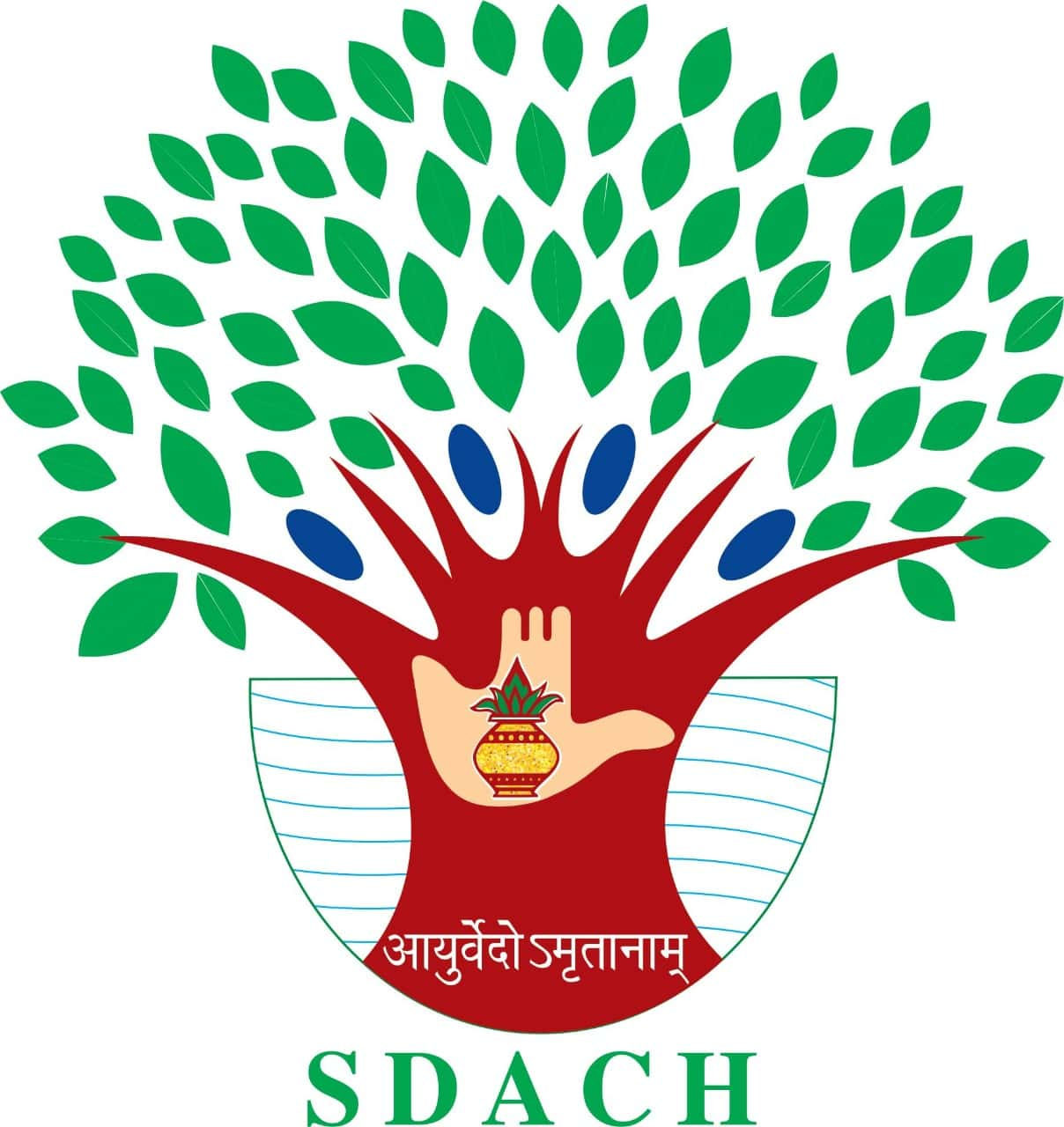Botanical Name : Picrorhiza kurroa
Family : Scrophulariaceae
Introduction
“Katuki” is a Sanskrit term meaning “bitter.” It is a valuable herb commonly used in Ayurvedic treatments and belongs to the Plantaginaceae family.
Names in different languages
Sanskrit name – Katuki, Katurohini, Katvi, Katumbhra, Thiktha, Ashokarohini, Arishta, Chaakrangi
English Name – Picrorrhiza, Hellebore, Yellow gentian
Hindi Name – Kutki, Katuka
Gujarati Name – Kadu, Katu
Bengali Name – Katuki, Katki
Malayalam name – Kadugurohini
Punjabi Name – Kaundd, Kaud, Karru
Morphology
Katuki is a perennial herb with a long, greyish-brown rhizome, 2.5 to 12 cm in length and 0.3 to 1 cm thick, featuring furrows and root scars. The rhizome has vascular bundles of xylem and phloem, with buds at the tips enclosed by leaf crowns. Leaves are alternate, 5 to 10 cm long, and the plant has terminal spikes. Flowers are pale blue-white, with a five-part calyx and a bilobate corolla. Flowering occurs from June to August, and the fruit is a 12 mm capsule that splits into four valves. Seeds are numerous, ellipsoid, with a thick coat. Roots are tubular, curved, and linked to the rhizome.
Distribution and habitat
Himalayas region like from Garwal to Bhutan and Kashmir to Sikkim, Pakistan, Tibet, west of China and north Burma.
Chemical constituents
d-mannitol, kutkiol, kutkisterol, apocyanin.
Properties
Tikta rasa, Laghu, Ruksha guna, Sheeta veerya, Katu vipaka. It balances Kapha and Pitta dosas; bhedani, deepana, Hridya.
Indications
Prameha, Swash, Kasa, Kustha, Krimi.
Part used
Root
Dose
0.5-1 g
Uses
Root powder mixed with honey given to treat upper respiratory infections.
Equal quantity of katuki and haridra treats Prameha.






